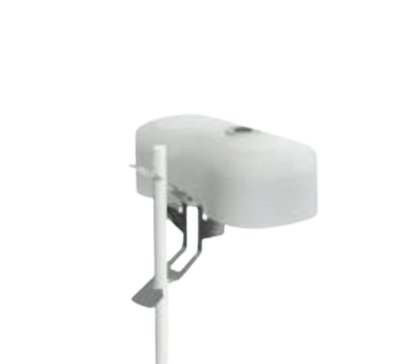Upande PAR (Photosynthetically Active Radiation)


Solar radiation, a vital component of our planet’s energy balance, encompasses a broad spectrum of radiant energy from the sun. This solar energy is responsible for providing both light and heat to the Earth, nurturing life through photosynthesis. Within the solar radiation spectrum, three primary bands of interest exist: ultraviolet, visible light (Photosynthetically Active Radiation or PAR), and infrared.
Of these, PAR, which falls within the 400 to 700 nanometer (nm) wavelength range, holds particular significance. This range is ideally suited for photosynthesis, a fundamental process that relies on light energy to convert carbon dioxide and water into vital sugars and oxygen.
Understanding the specific PAR requirements for different crops in your fields or greenhouses is essential. It empowers informed decisions regarding open field cultivation or greenhouse use, aiding in shade net selection, determining transparency levels, and managing variables like chalk application. By assessing and optimizing PAR, you enhance the productivity and sustainability of your agricultural endeavors.

